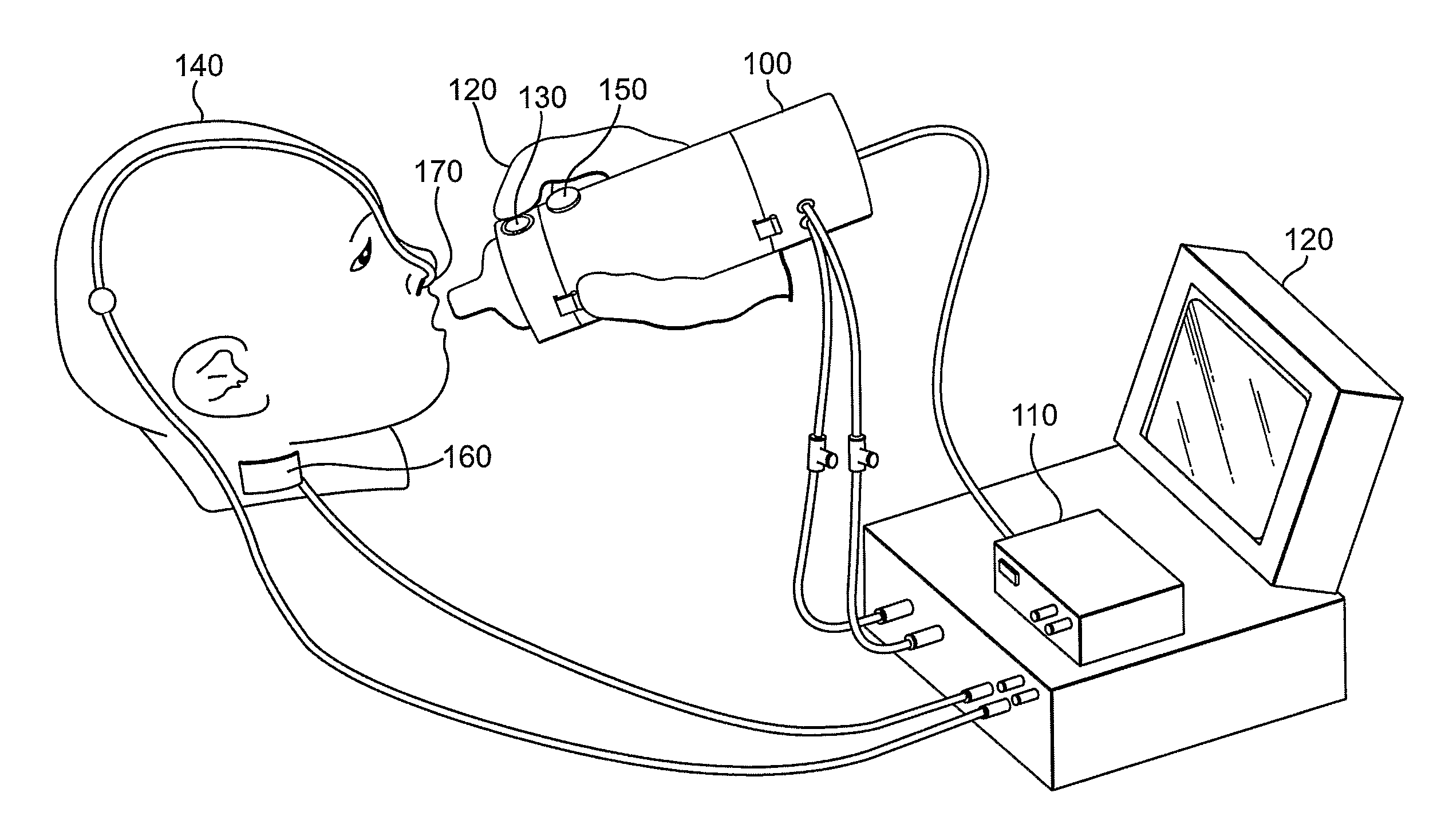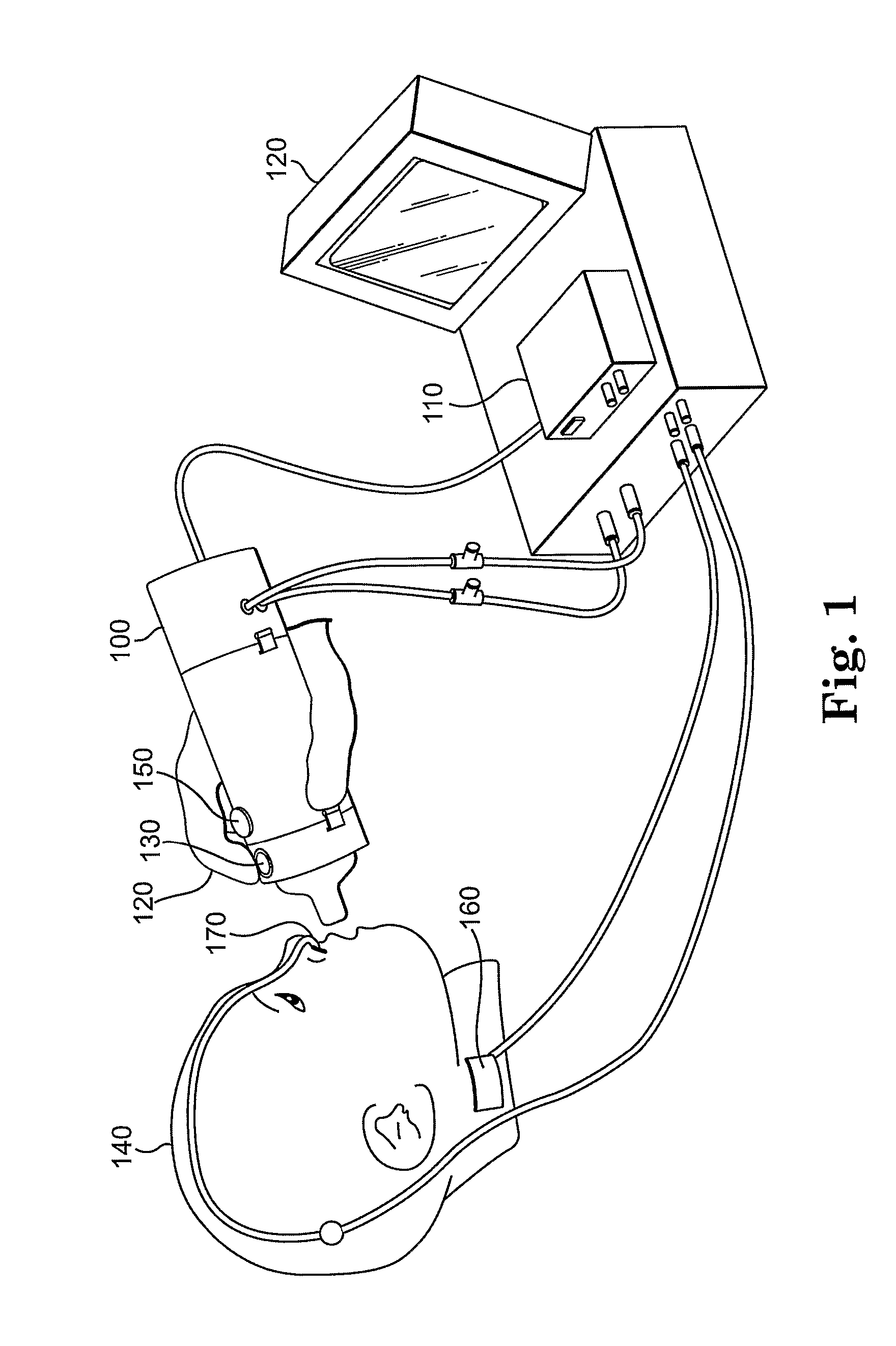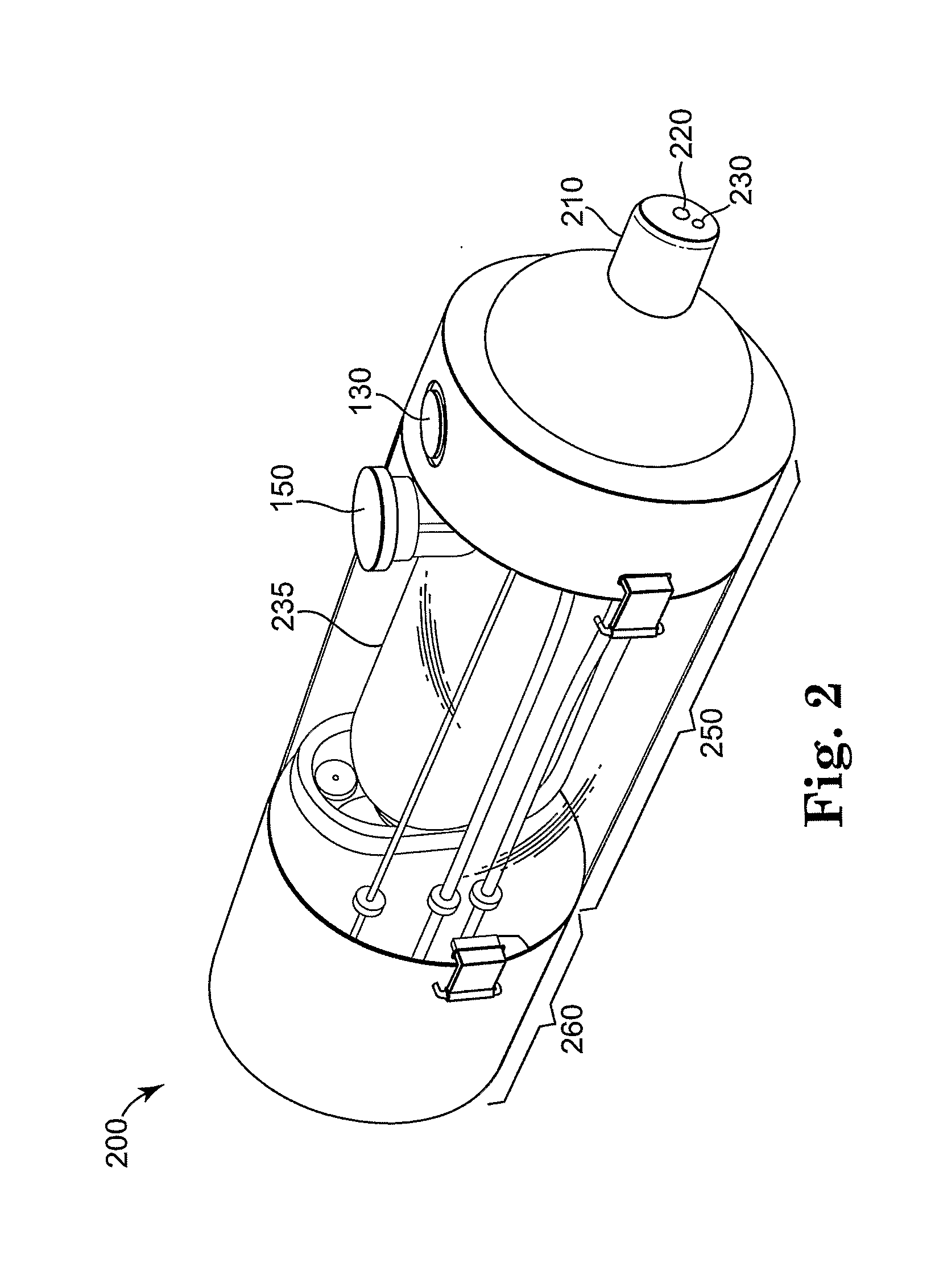Computer Controlled Bottle for Oral Feeding of a Patient
a technology of computer control and patient, applied in the field of medical devices, can solve the problems of affecting the intellectual growth of patients, and the cost of neonatal intensive care ranges between $50 and $100
- Summary
- Abstract
- Description
- Claims
- Application Information
AI Technical Summary
Benefits of technology
Problems solved by technology
Method used
Image
Examples
Embodiment Construction
[0017] In general, the present invention is directed to medical devices and more particularly to a computer controlled bottle system for preterm infant or other patient (including animal) oral feeding. A preterm infant will be referred to, but it is understood that this is not a limitation but perhaps the most common usage of this invention. The computer controlled bottle is a medical device that looks and feels much like a typical baby bottle. However, despite its outward appearances, it has characteristics that are uniquely suited to the requirements of clinical intervention in a hospital setting. The computer controlled bottle preferably includes a re-usable and a disposable section that are joined mechanically. The bottle shape is a mere convenience but other containment systems are within the scope of this invention. Division of the computer controlled bottle into a disposable and a re-usable portion is attractive for both cost containment per use and safety reasons. The compon...
PUM
 Login to View More
Login to View More Abstract
Description
Claims
Application Information
 Login to View More
Login to View More - R&D
- Intellectual Property
- Life Sciences
- Materials
- Tech Scout
- Unparalleled Data Quality
- Higher Quality Content
- 60% Fewer Hallucinations
Browse by: Latest US Patents, China's latest patents, Technical Efficacy Thesaurus, Application Domain, Technology Topic, Popular Technical Reports.
© 2025 PatSnap. All rights reserved.Legal|Privacy policy|Modern Slavery Act Transparency Statement|Sitemap|About US| Contact US: help@patsnap.com



